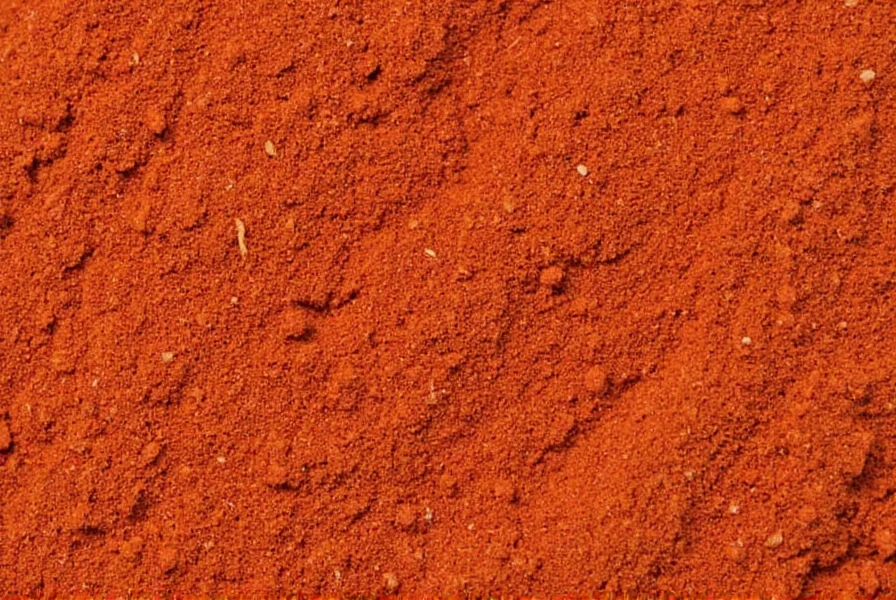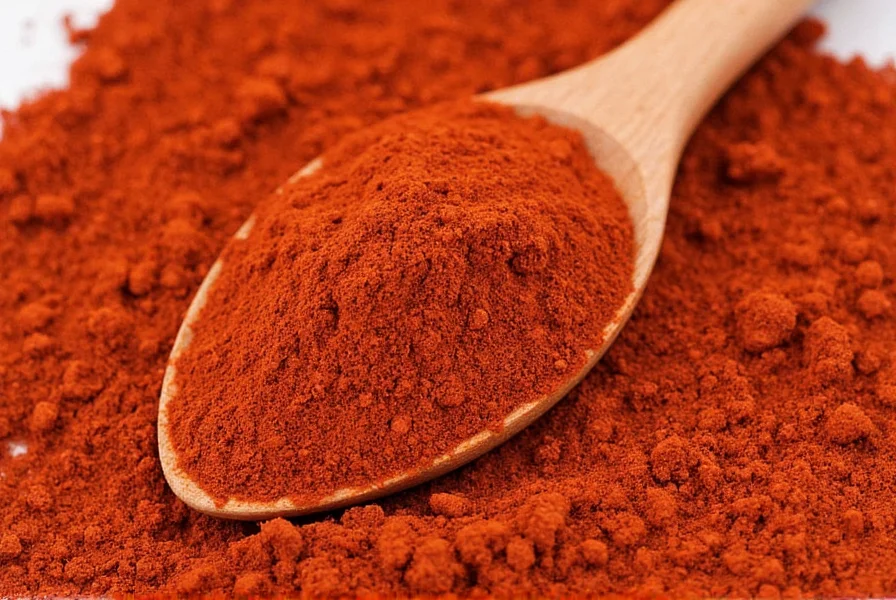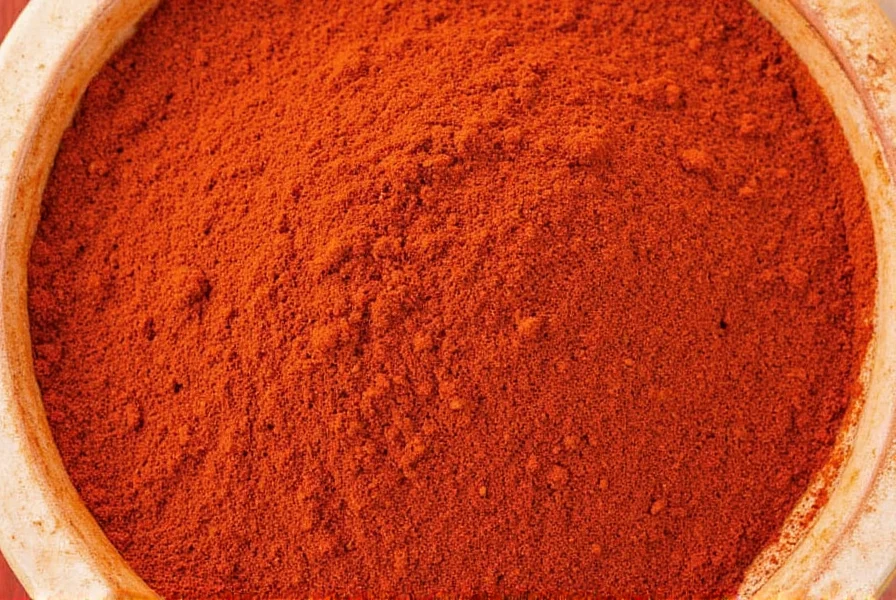Understanding what is chili powder requires examining its composition and culinary applications. This essential kitchen staple transforms ordinary dishes with its earthy warmth and adjustable heat level. While often confused with single-chili spices, true chili powder represents a carefully balanced blend that differs significantly across cultural traditions.
Composition and Ingredients Breakdown
Authentic chili powder contains multiple components working in harmony:
| Component | Common Examples | Contribution to Flavor |
|---|---|---|
| Base Chilies | Ancho, Chipotle, Cayenne, Guajillo | Provides foundational heat and earthiness |
| Supporting Spices | Cumin, Garlic Powder, Oregano | Adds complexity and depth |
| Seasoning Agents | Coriander, Onion Powder, Salt | Enhances overall flavor profile |
The specific what is chili powder made of question reveals regional distinctions. Mexican chili powder typically contains only ground chilies without additional spices, while American versions—popularized for chili con carne—include supporting seasonings. This difference explains why substitutions between regional varieties often disappoint in authentic recipes.

Flavor Profile and Heat Levels
Chili powder delivers a complex sensory experience beyond simple heat. Most commercial blends register between 500-2,500 SHU (Scoville Heat Units), making them milder than cayenne (30,000-50,000 SHU) but hotter than paprika (100-500 SHU). The flavor profile typically includes:
- Earthy notes from dried chilies like ancho or pasilla
- Smoky undertones when chipotle peppers are included
- Warmth without overwhelming heat in standard blends
- Subtle sweetness from certain chili varieties
When exploring the difference between chili powder and paprika, note that paprika consists solely of ground sweet or hot peppers without additional spices, resulting in a simpler flavor profile focused purely on pepper characteristics.
Regional Variations Explained
Understanding what chili powder is called in different countries helps prevent recipe confusion:
- Mexico: "Chile en polvo" refers to single-chili powders (ancho, guajillo), not blends
- United States: Commercial blends with multiple spices for chili con carne
- India: "Lal mirch powder" denotes single-ingredient cayenne-style powder
- Spain: "Pimentón" refers to paprika, not chili powder blends
This regional variation explains why chili powder substitution requires careful consideration. Using Mexican chile powder in an American chili recipe will lack the supporting spices, while American blends in Mexican dishes introduce non-traditional flavors.
Culinary Applications and Usage Tips
Mastering how to use chili powder in cooking elevates dishes through proper technique:
- Dry rubs: Combine with salt and other spices for meats before grilling
- Layered flavor: Bloom in oil at the beginning of cooking to release essential oils
- Finishing touch: Sprinkle lightly on finished dishes for fresh flavor
- Marinades: Mix with acids like lime juice to tenderize proteins
For authentic chili powder for chili con carne, use American-style blends containing cumin and garlic. Mexican dishes like mole or enchiladas typically require pure ancho or guajillo powder without additional spices.

Storage and Shelf Life Guidelines
Preserve freshness by storing chili powder in an airtight container away from light and heat. Properly stored, it maintains optimal flavor for 6-12 months. Signs of degradation include:
- Faded color (fresh powder has vibrant red hue)
- Diminished aroma (should smell earthy and warm)
- Loss of flavor intensity in cooking
For extended shelf life, refrigerate in a moisture-proof container. Avoid storing above stoves where heat accelerates flavor deterioration. Understanding how long does chili powder last prevents using stale product that lacks culinary impact.
Common Substitutions and Alternatives
When you need what to use instead of chili powder, consider these options based on recipe requirements:
- For heat: Cayenne pepper (use 1/4 amount as it's significantly hotter)
- For flavor complexity: Create homemade blend with 2 tbsp paprika + 1 tsp cumin + 1/2 tsp garlic powder
- For Mexican dishes: Pure ancho powder with separate cumin addition
- For smokiness: Chipotle powder (use half amount due to stronger flavor)
Remember that substitutions alter the dish's character. Knowing chili powder vs cayenne pepper differences prevents overly spicy results, as cayenne provides pure heat without the complex flavor notes of blended chili powder.
Frequently Asked Questions
Is chili powder the same as cayenne pepper?
No, chili powder and cayenne pepper differ significantly. Cayenne is a single-ingredient powder made exclusively from cayenne peppers, delivering intense heat (30,000-50,000 SHU). Chili powder is a blend of multiple chili varieties plus supporting spices like cumin and garlic, resulting in a more complex flavor profile with moderate heat (500-2,500 SHU).
Can I make my own chili powder at home?
Yes, homemade chili powder offers superior freshness. Toast dried chilies (ancho, guajillo, chipotle) until fragrant but not burnt, then grind to a fine powder. For American-style blend, mix 2 tablespoons chili powder with 1 teaspoon cumin, 1/2 teaspoon garlic powder, and 1/4 teaspoon oregano. Store in an airtight container away from light.
Why does my chili powder taste bitter?
Bitterness typically results from overheating during cooking. Chili powder's essential oils burn at high temperatures, creating unpleasant flavors. To prevent this, bloom the powder in oil over medium-low heat for no more than 30 seconds before adding liquids. Never add chili powder to already boiling liquids.
Is chili powder gluten-free?
Pure chili powder containing only ground chilies and spices is naturally gluten-free. However, some commercial blends may contain anti-caking agents or be processed in facilities with gluten-containing products. Always check labels if you have gluten sensitivity, and consider making your own blend for complete control over ingredients.
How does chili powder differ from paprika?
Paprika consists solely of ground sweet or hot peppers without additional spices, offering a simpler flavor profile focused on pepper characteristics. Chili powder contains multiple chili varieties plus supporting spices like cumin and garlic, creating a more complex blend. Paprika ranges from sweet (100-500 SHU) to hot varieties, while standard chili powder blends register 500-2,500 SHU with layered flavors.











 浙公网安备
33010002000092号
浙公网安备
33010002000092号 浙B2-20120091-4
浙B2-20120091-4